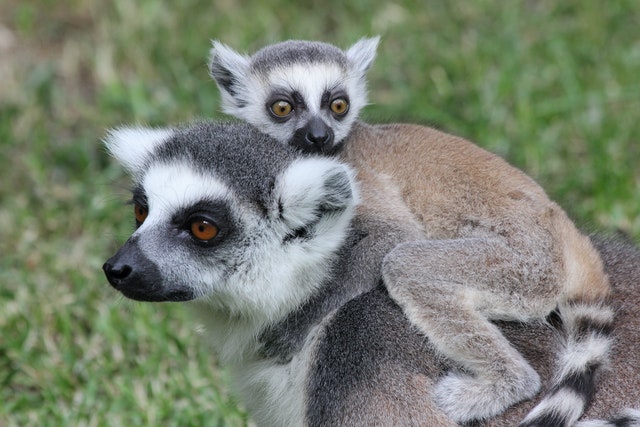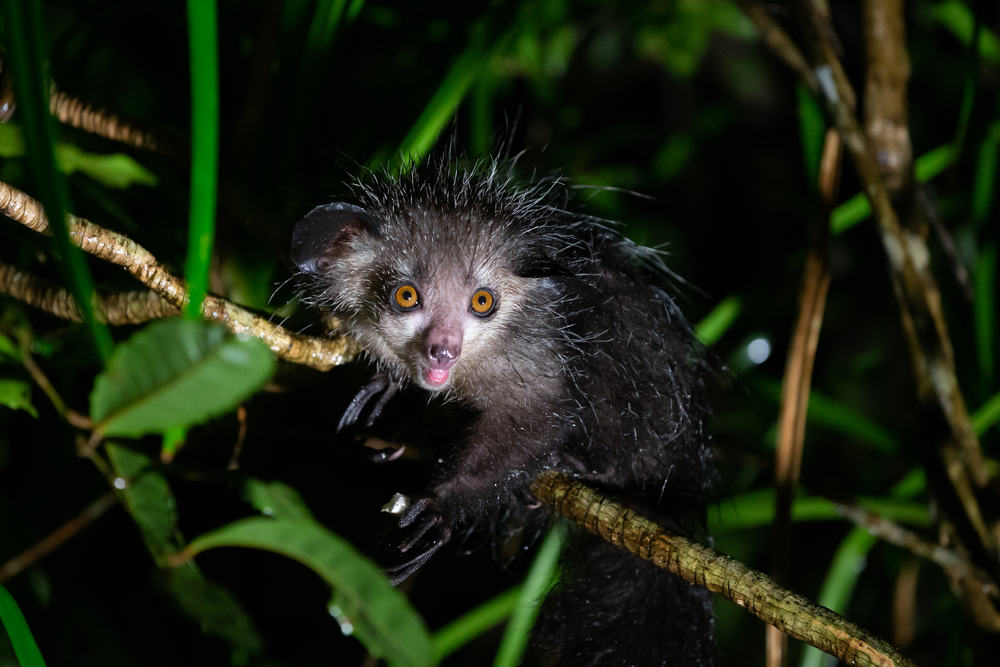Lemurs, native to the island of Madagascar, are some of the most intriguing primates in the world. With their unique behaviors, diverse species, and critical role in their ecosystem, lemurs captivate the interest of scientists and nature enthusiasts alike. This article delves into the fascinating world of lemurs, exploring their habits, habitats, and the conservation challenges they face.
1. What Are Lemurs?

Lemurs are a type of primate found only in Madagascar and the Comoros Islands. They are part of the prosimian suborder, which also includes lorises and tarsiers. Known for their large eyes and nocturnal habits, lemurs have adapted to various environments on Madagascar.
2. How Many Species of Lemurs Exist?

There are over 100 different species of lemurs, ranging from the tiny mouse lemur, which is one of the smallest primates in the world, to the indri, which is the largest living lemur. Each species has unique adaptations that allow them to thrive in different parts of Madagascar.
3. What Do Lemurs Eat?

Lemurs have a diverse diet that can include fruits, leaves, flowers, nectar, and insects. Some species are highly specialized; for instance, the bamboo lemur feeds primarily on bamboo, which contains high levels of cyanide, a toxin that would be lethal to most other animals.
4. How Do Lemurs Communicate?

Lemurs use a variety of vocalizations, scents, and body language to communicate. For example, ring-tailed lemurs use scent glands on their wrists and chests to mark their territory, and they perform “stink fights” where they wave their scent-marked tails at rivals.
5. What Is the Social Structure of Lemurs?

Lemur social structures vary by species. Some, like the ring-tailed lemur, live in large, matriarchal groups of up to 30 individuals. Others, like the aye-aye, are more solitary. Social interactions can include grooming, playing, and even cooperative care of young.
6. Why Are Lemurs Endangered?

Lemurs are among the most endangered groups of animals on the planet. Habitat destruction due to deforestation, agriculture, and illegal logging is the primary threat. Additionally, hunting and the illegal pet trade have significantly impacted lemur populations.
7. What Is Being Done to Protect Lemurs?

Conservation efforts include habitat restoration, legal protection, and captive breeding programs. Organizations such as the Lemur Conservation Foundation and the Duke Lemur Center are actively working to protect lemur habitats and promote sustainable practices in Madagascar.
8. How Do Lemurs Contribute to Their Ecosystem?

Lemurs play a crucial role in their ecosystem as seed dispersers. By eating fruits and excreting the seeds, they help maintain the forest’s plant diversity. Their activities also aid in pollination and soil health.
9. Can Lemurs Be Kept as Pets?

Lemurs are not suitable pets. They have complex social, dietary, and environmental needs that are difficult to meet in captivity. Additionally, the trade in wild-caught lemurs is illegal and contributes to the decline of wild populations.
10. What Can People Do to Help Lemurs?

People can help lemurs by supporting conservation organizations, advocating for sustainable practices, and raising awareness about the challenges lemurs face. Avoiding products that contribute to deforestation and supporting eco-friendly initiatives can also make a significant difference.
11. Do Lemurs Have Opposable Thumbs?

Yes, lemurs have opposable thumbs on their hands and feet, which help them grasp branches and manipulate food.
12. Are Lemurs Diurnal or Nocturnal?

Lemurs can be both diurnal (active during the day) and nocturnal (active at night), depending on the species. For example, the ring-tailed lemur is diurnal, while the mouse lemur is nocturnal.
13. How Long Do Lemurs Live?

Lifespan varies by species. Smaller lemurs like the mouse lemur can live up to 10 years, while larger species like the indri can live up to 20 years or more in the wild.
14. What Is the Biggest Threat to Lemurs?

The biggest threat to lemurs is habitat loss due to deforestation, slash-and-burn agriculture, and illegal logging.
15. Do Lemurs Hibernate?

Some lemurs, like the fat-tailed dwarf lemur, hibernate during the dry season when food is scarce. They live off the fat stored in their tails.
16. How Do Lemurs Reproduce?

Lemur reproductive habits vary, but many species give birth to one or two offspring after a gestation period of about four to five months. Babies are often carried on their mother’s belly or back.
17. Are Lemurs Intelligent?

Lemurs are intelligent and have shown the ability to learn tasks, solve problems, and use tools in captivity. Their intelligence is adapted to their ecological niches.
18. What Is Unique About the Aye-Aye Lemur?

The aye-aye has a unique method of finding food called percussive foraging. It taps on trees to find hollow cavities where insects live, then uses its elongated middle finger to extract the insects.
19. How Do Lemurs Adapt to Their Environment?

Lemurs have various adaptations such as strong hind legs for jumping between trees, keen senses for finding food, and social behaviors that help them survive in their habitats.
20. Are There Lemurs in Zoos?

Yes, many zoos around the world have lemurs. Zoos play a vital role in lemur conservation through captive breeding programs and educational outreach.
Conclusion

Lemurs are extraordinary creatures whose continued survival depends on concerted conservation efforts. By learning more about these remarkable primates and supporting efforts to protect their habitats, we can help ensure that lemurs continue to thrive for generations to come. I hope you enjoyed reading about lemurs today. TO read more stories like this, check out the articles below:
- Turtles Swimming to Extinction in Malaysia
- Record-Breaking Largest Tiger Ever Recorded (857 Pounds)
- Discover The Moment When a Turtle Bite A Diver
Join our Forum for free today!

- Brown Bear Approaches And Wiggles His Foot - July 22, 2024
- Mountain Biker Has An Extremely Close-up Encounter With a Wild Giraffe - July 22, 2024
- Eagle Flies Into a Moving Car - July 21, 2024

